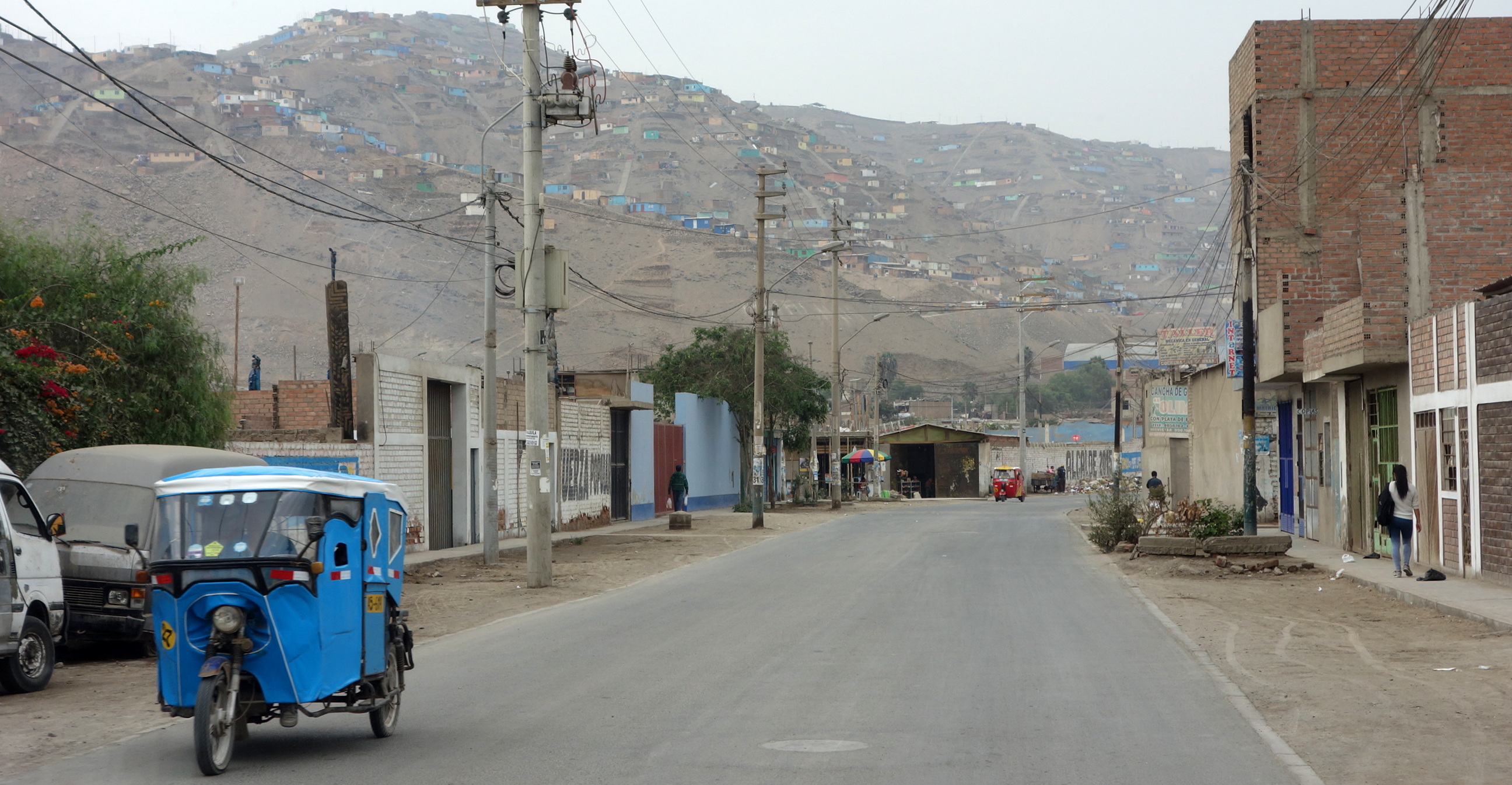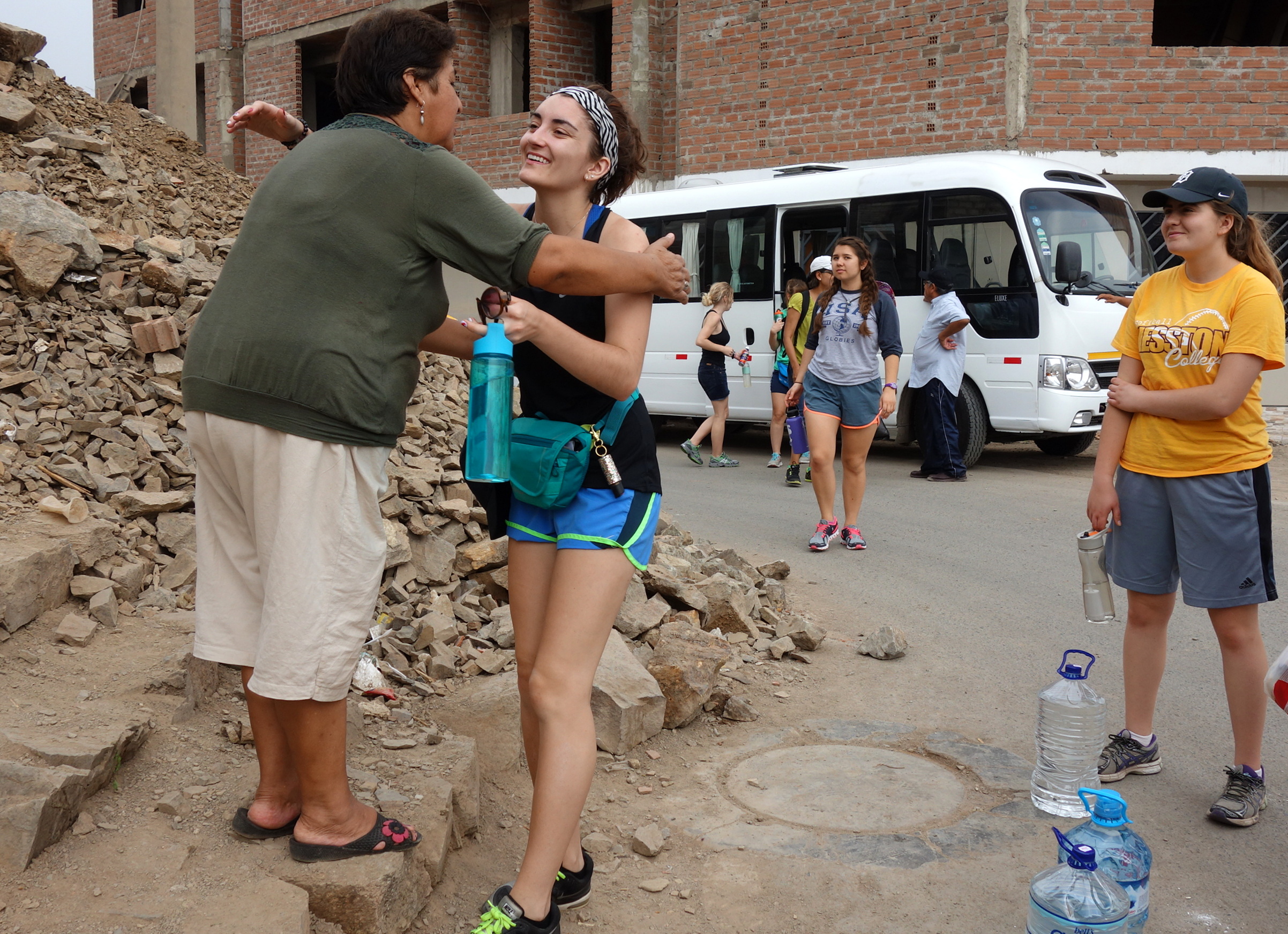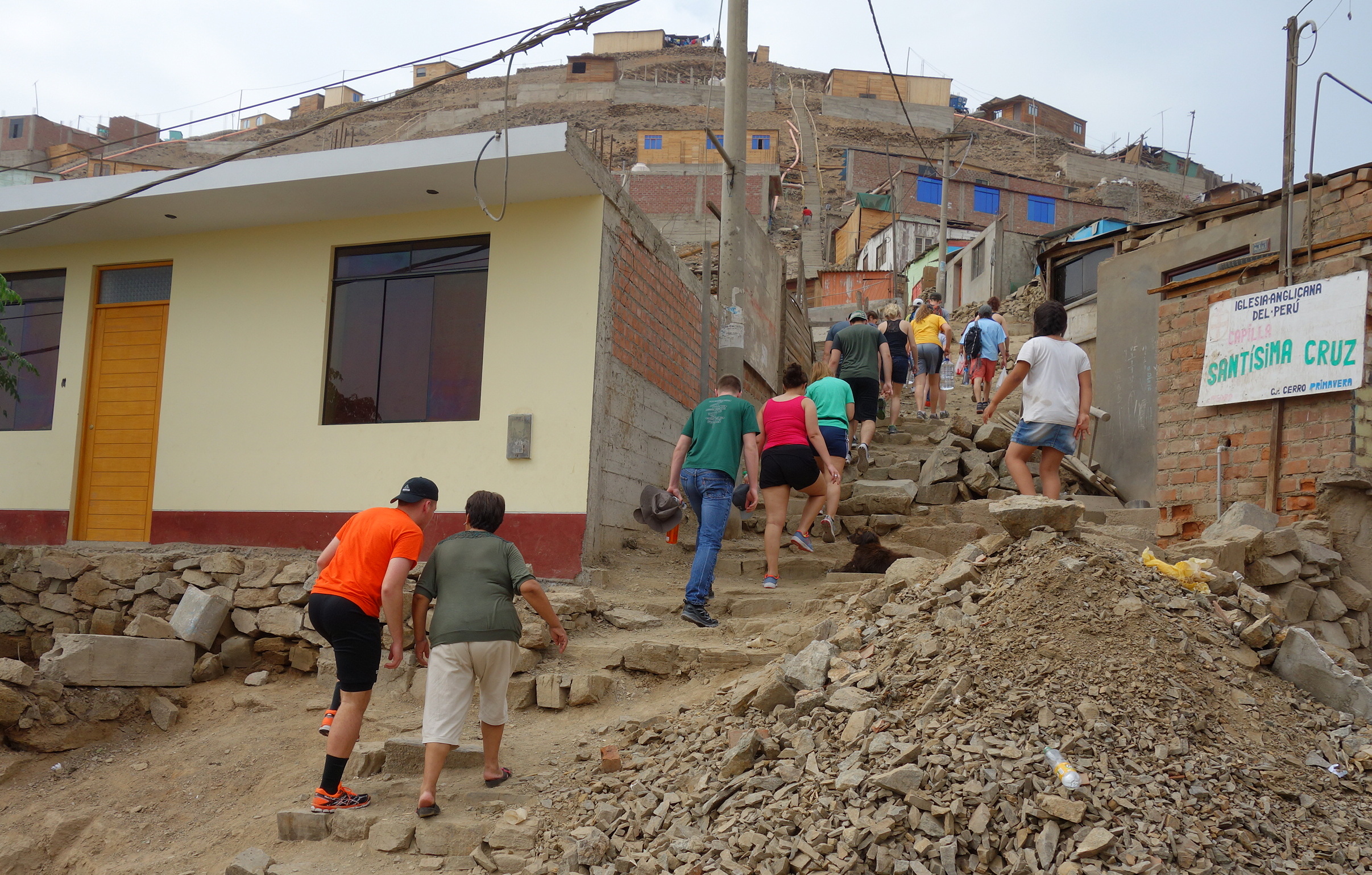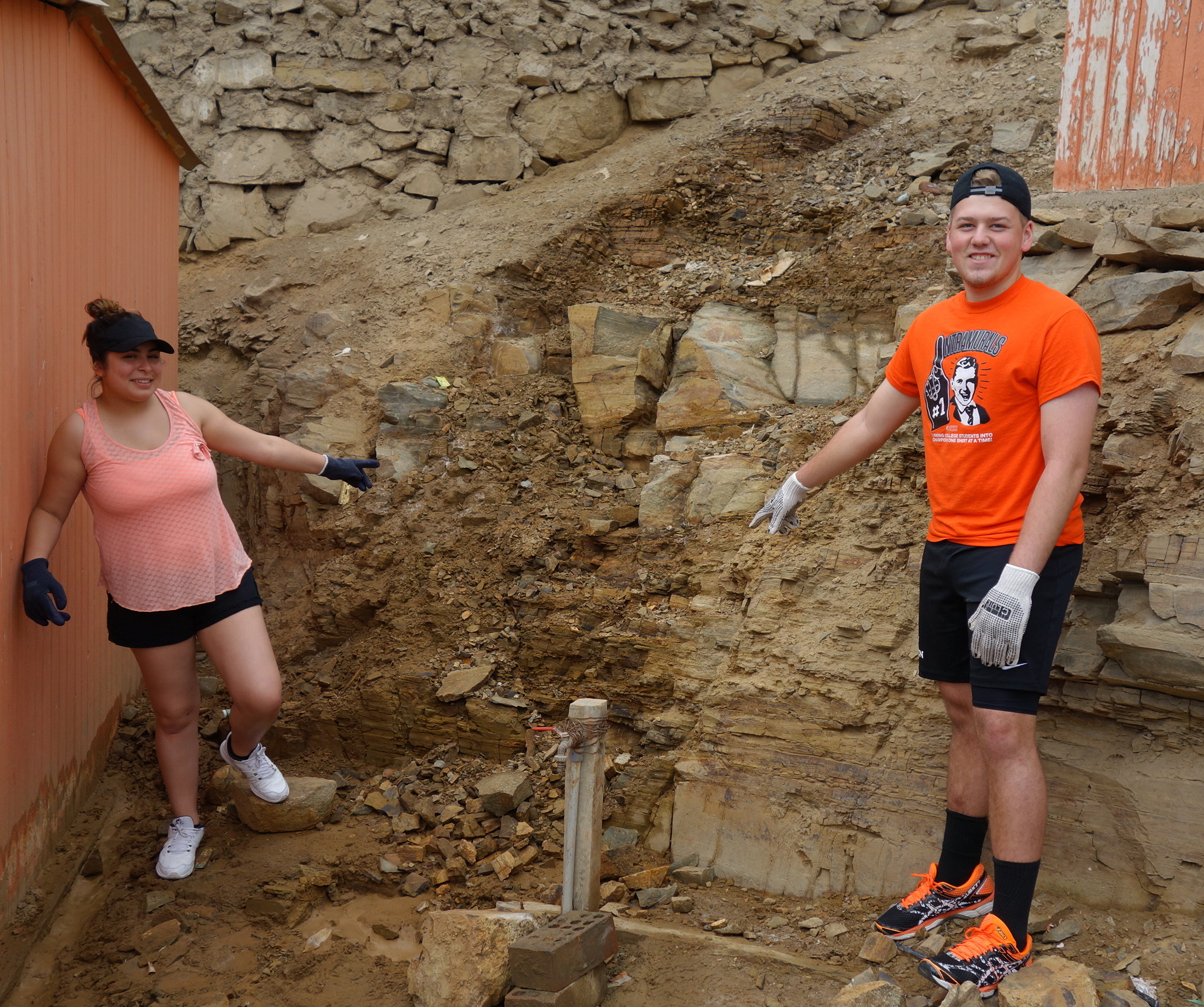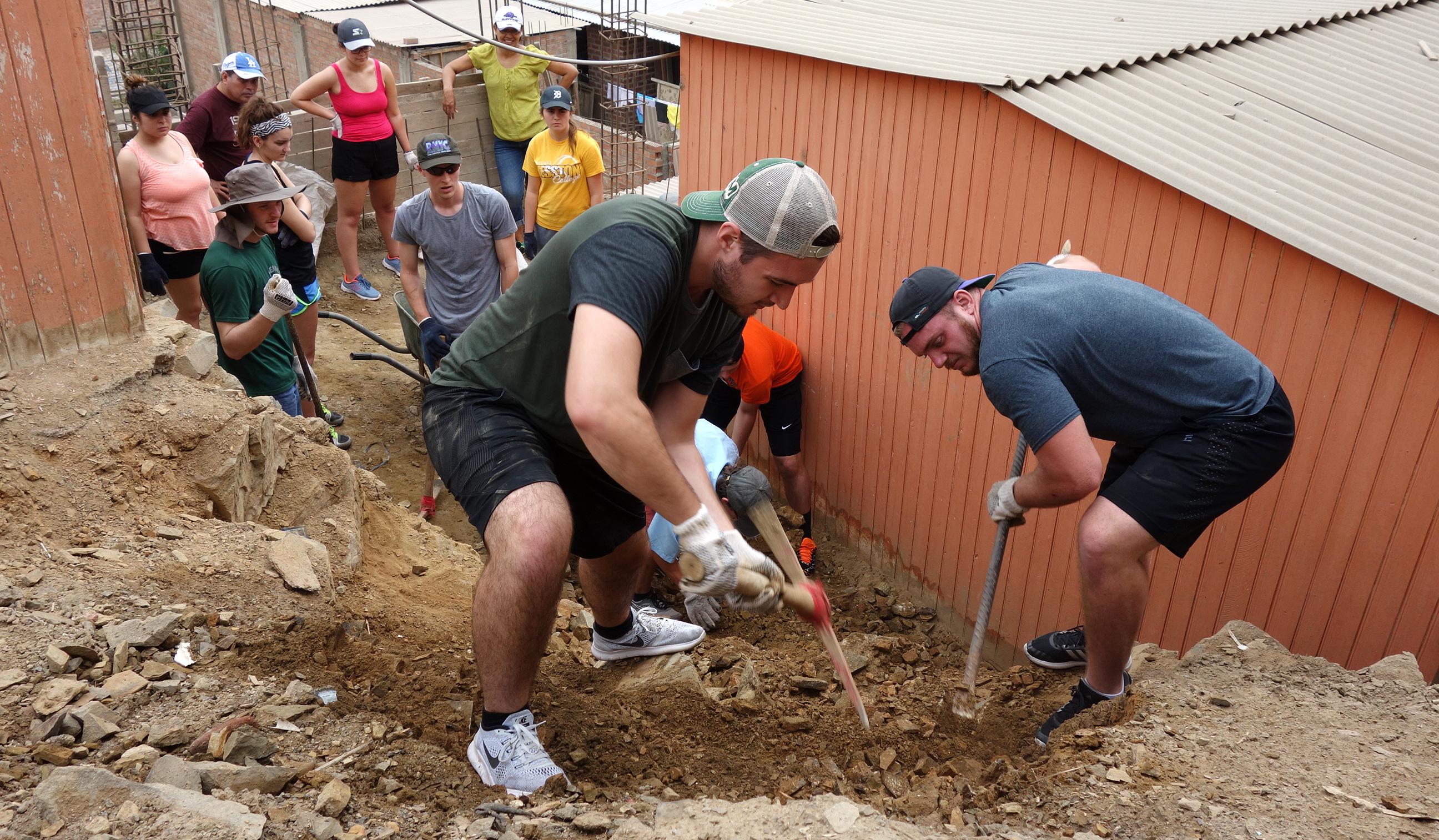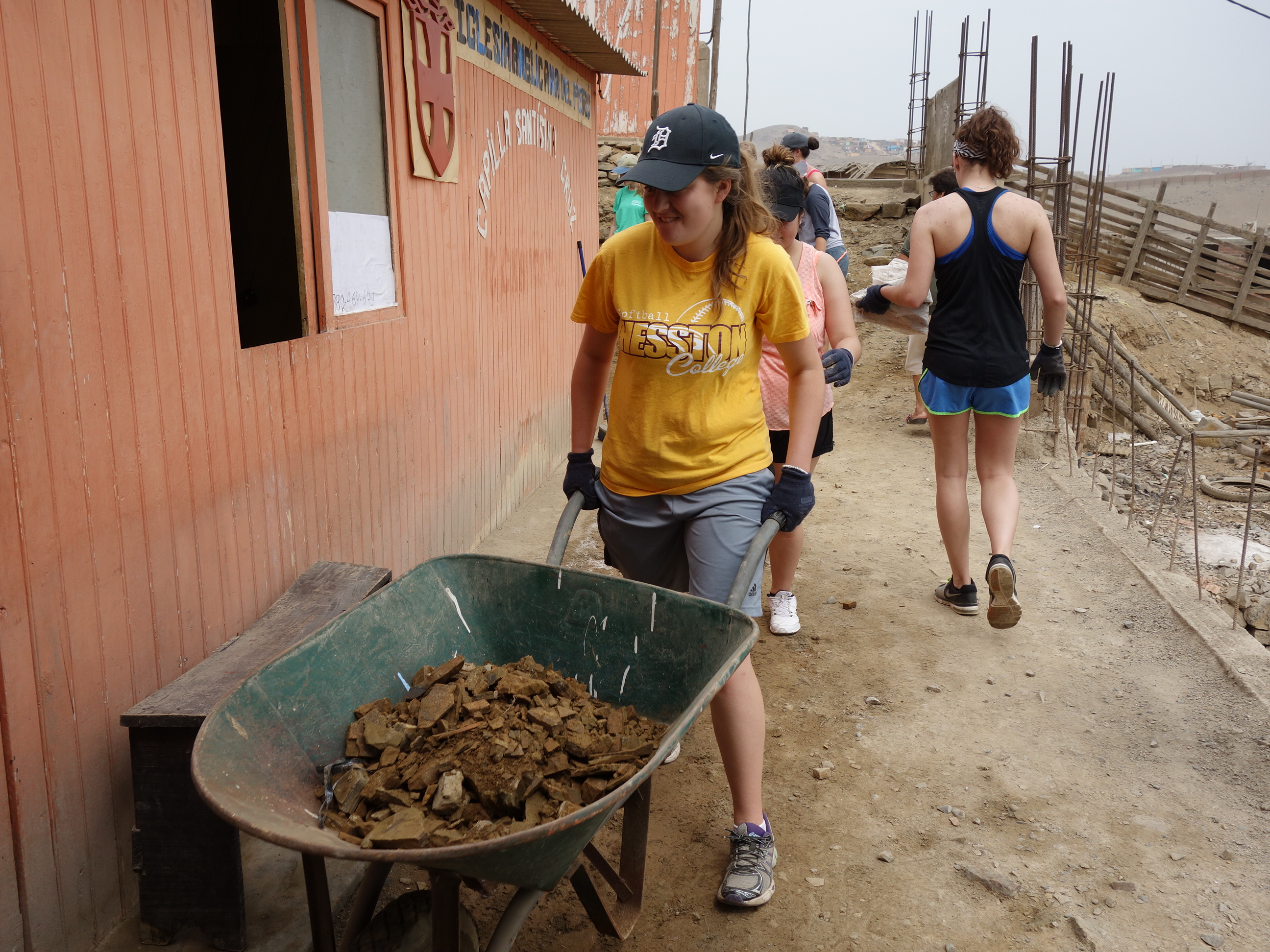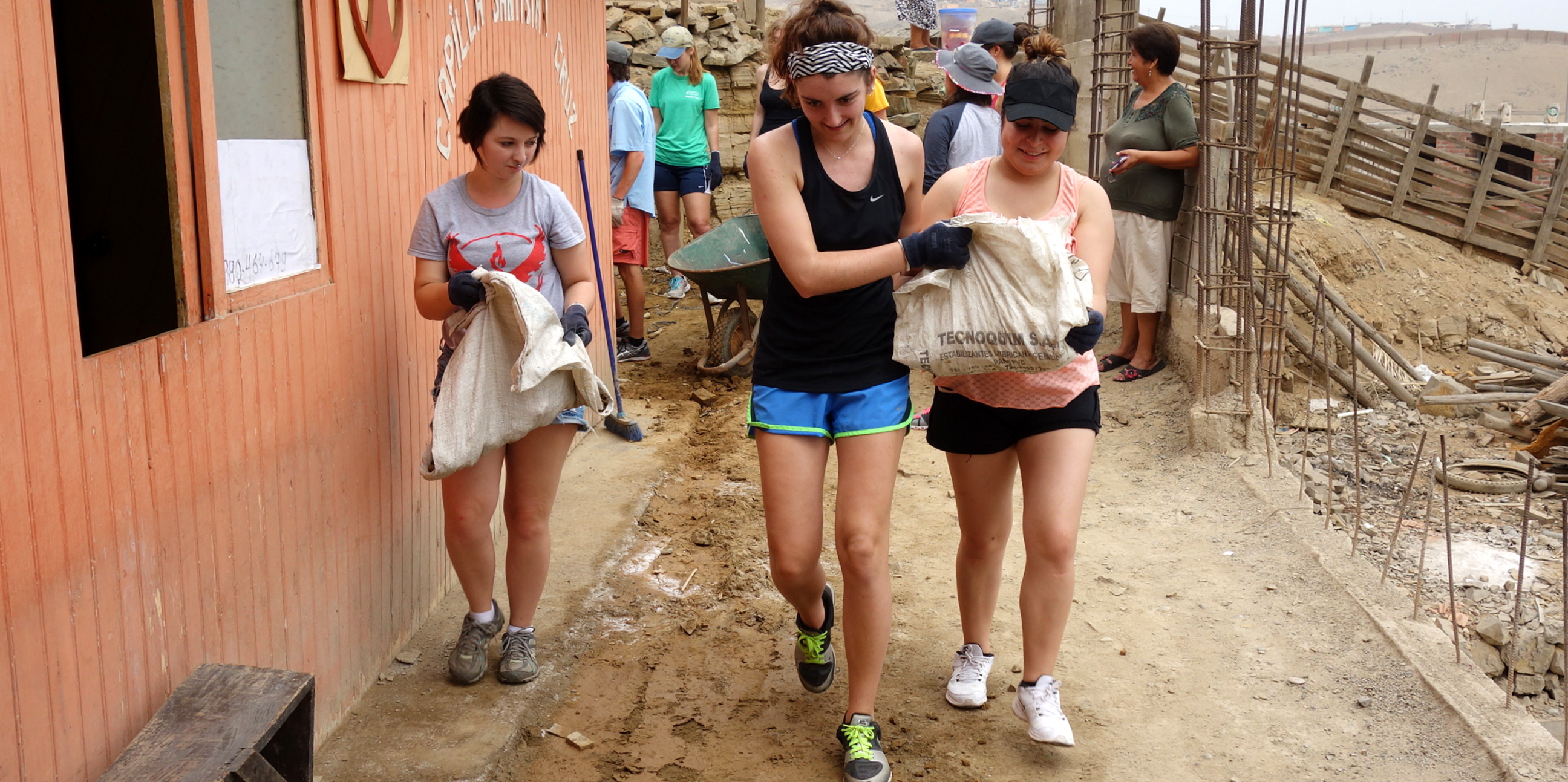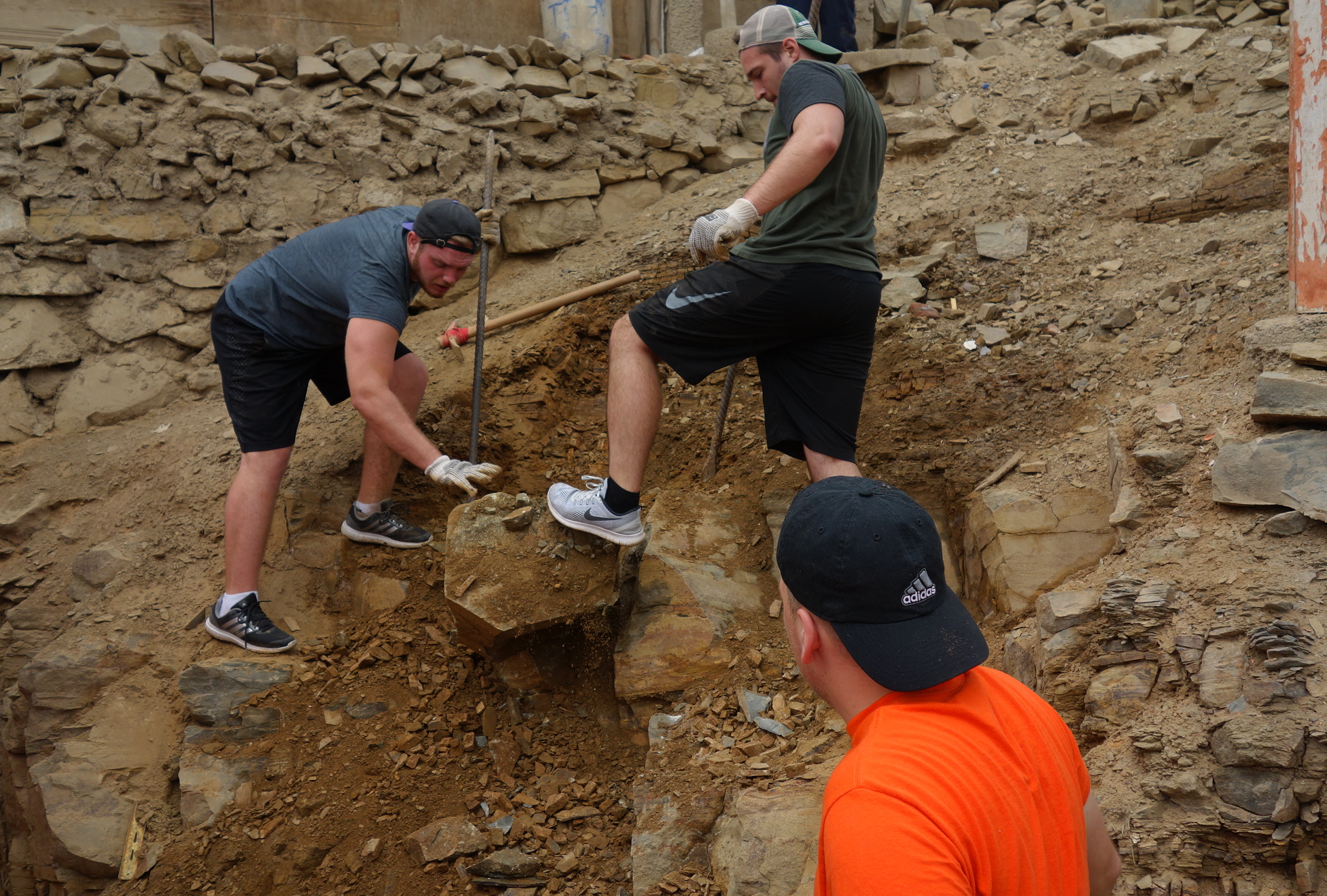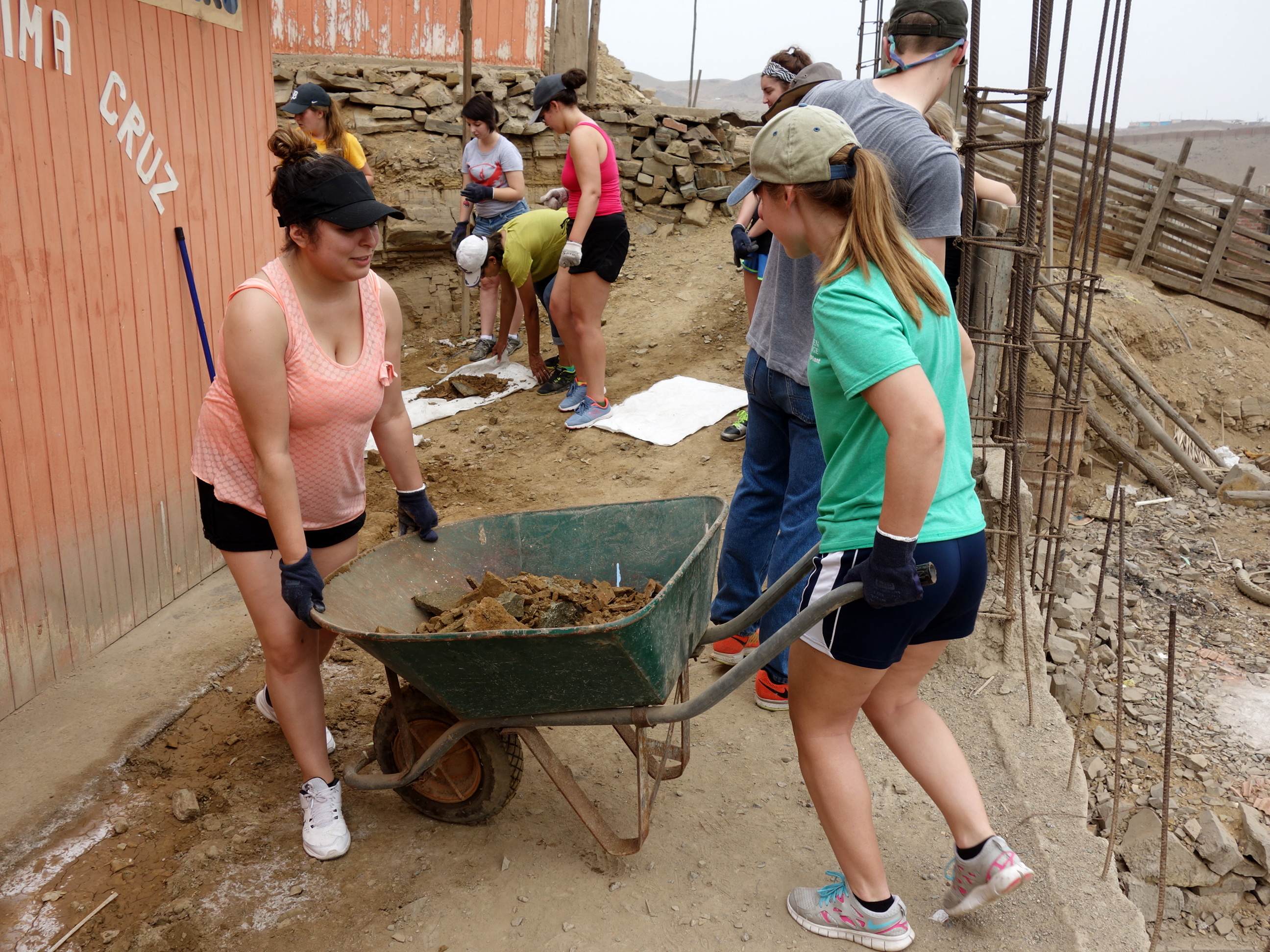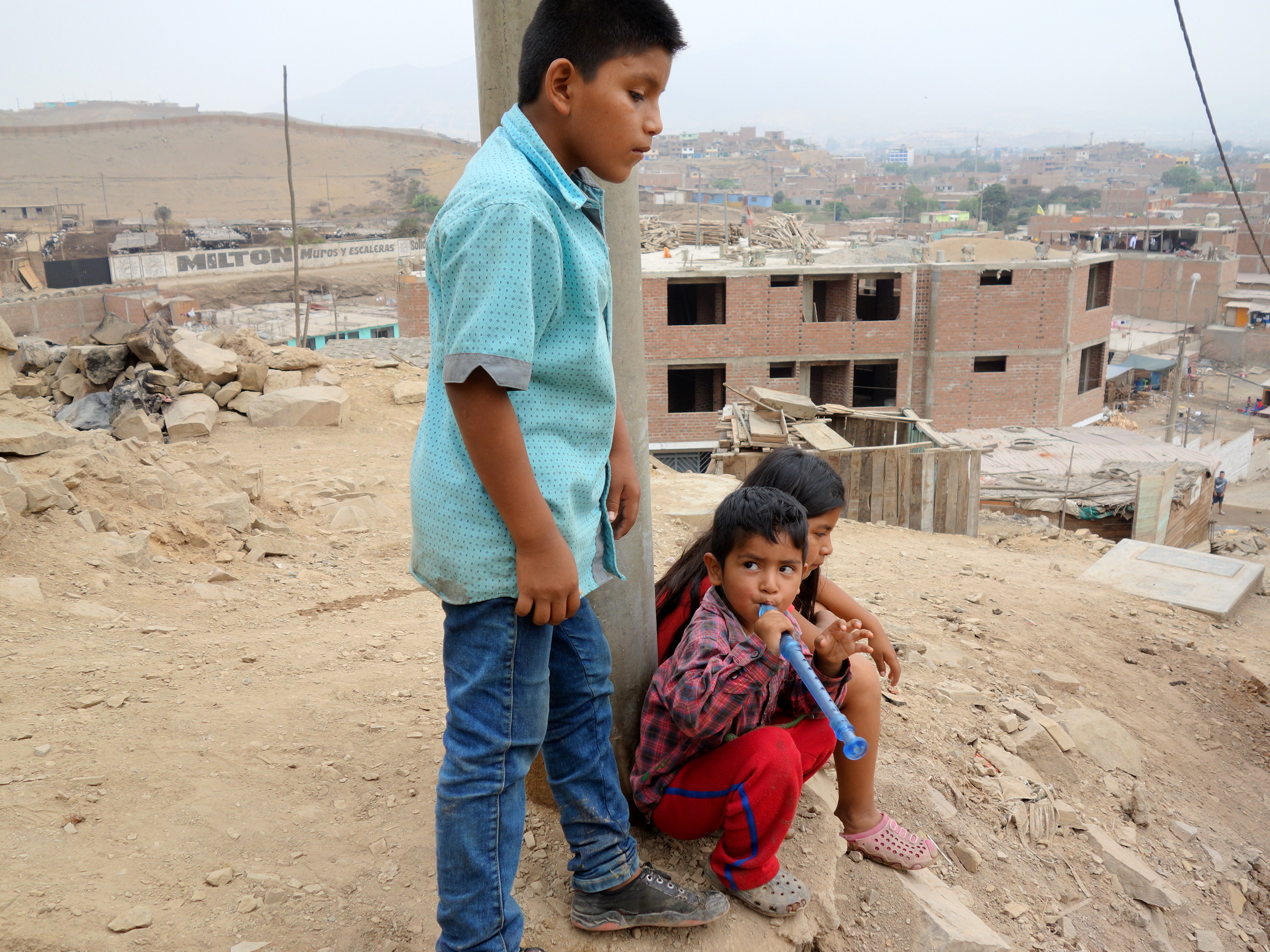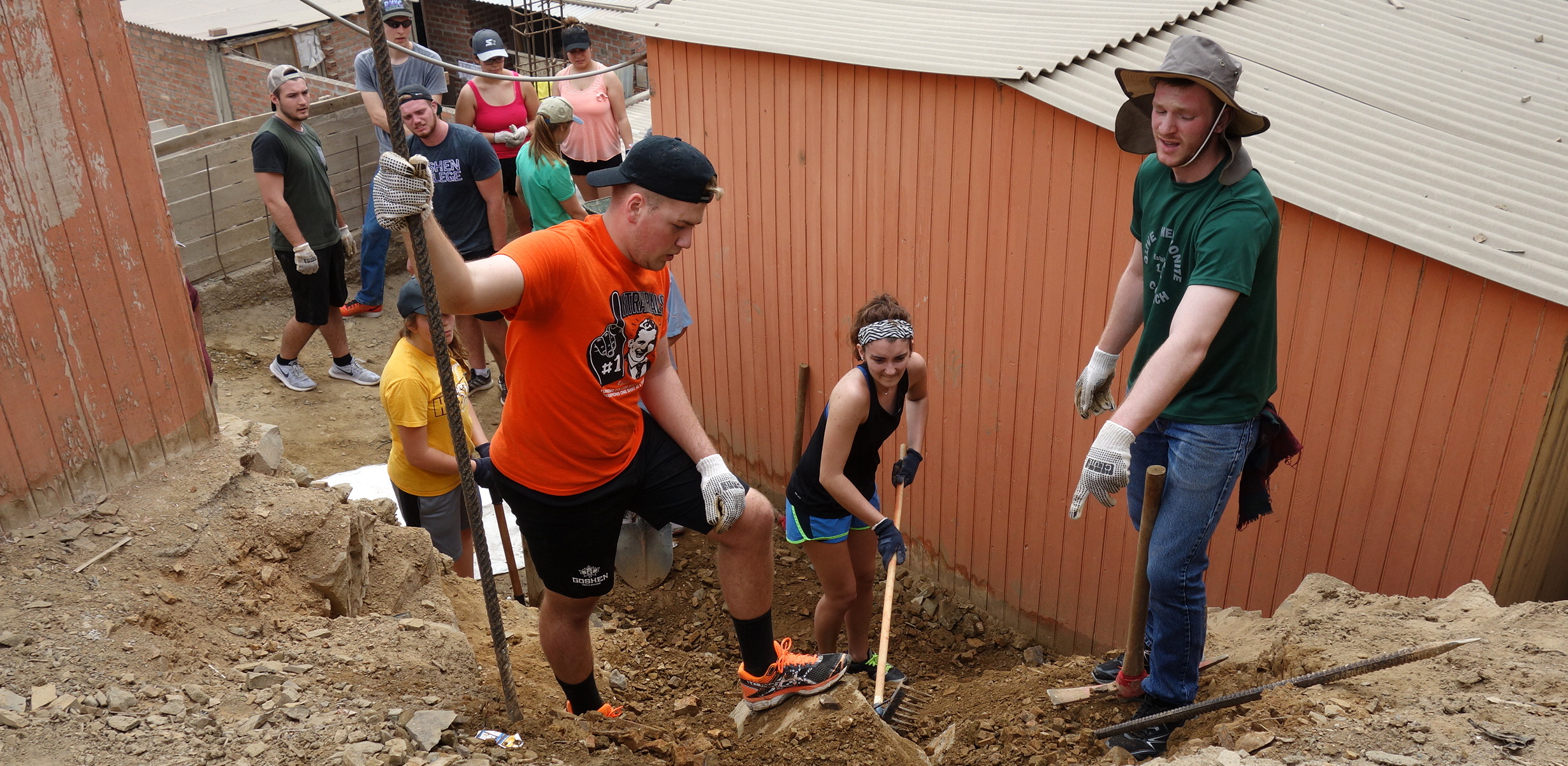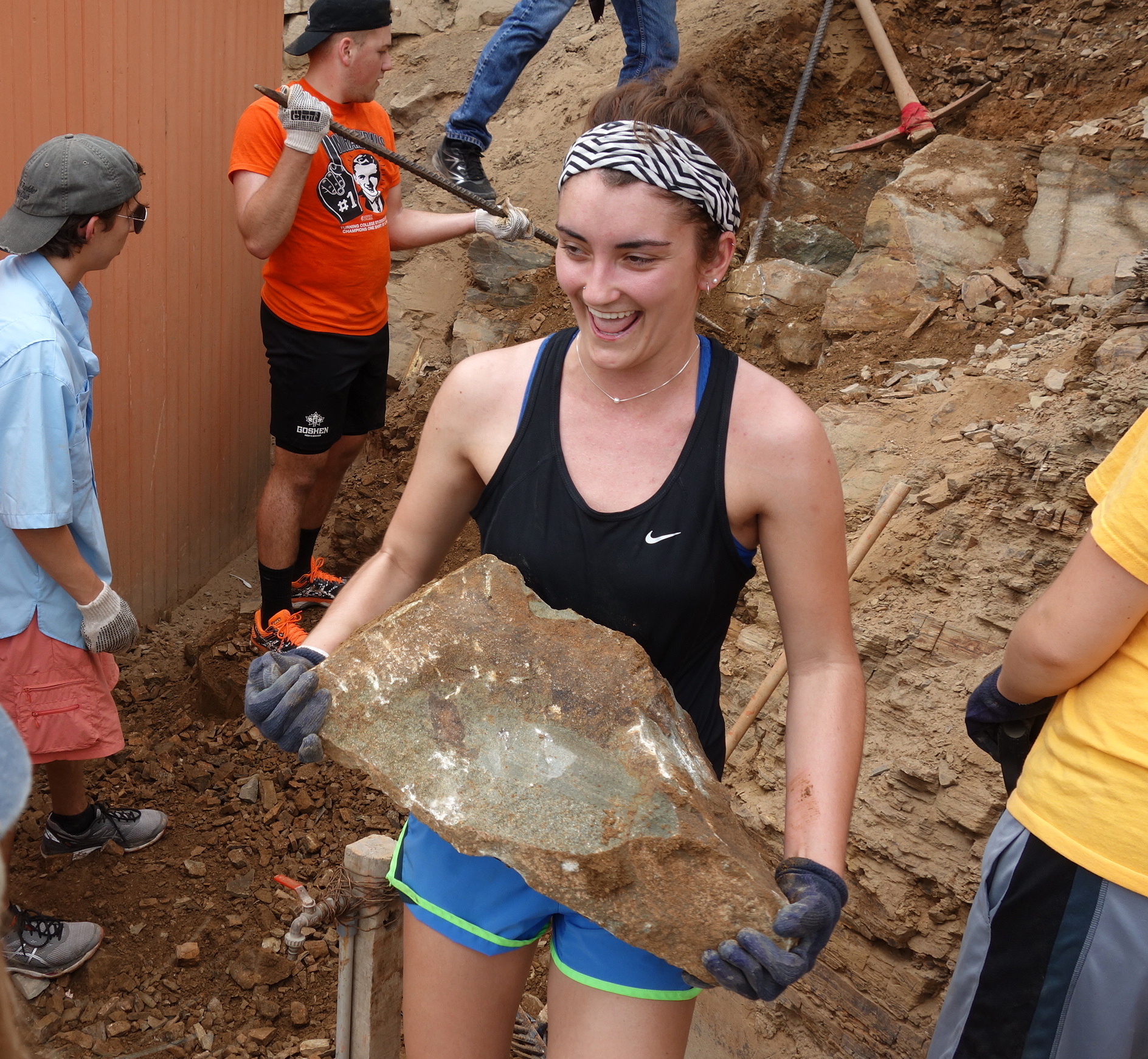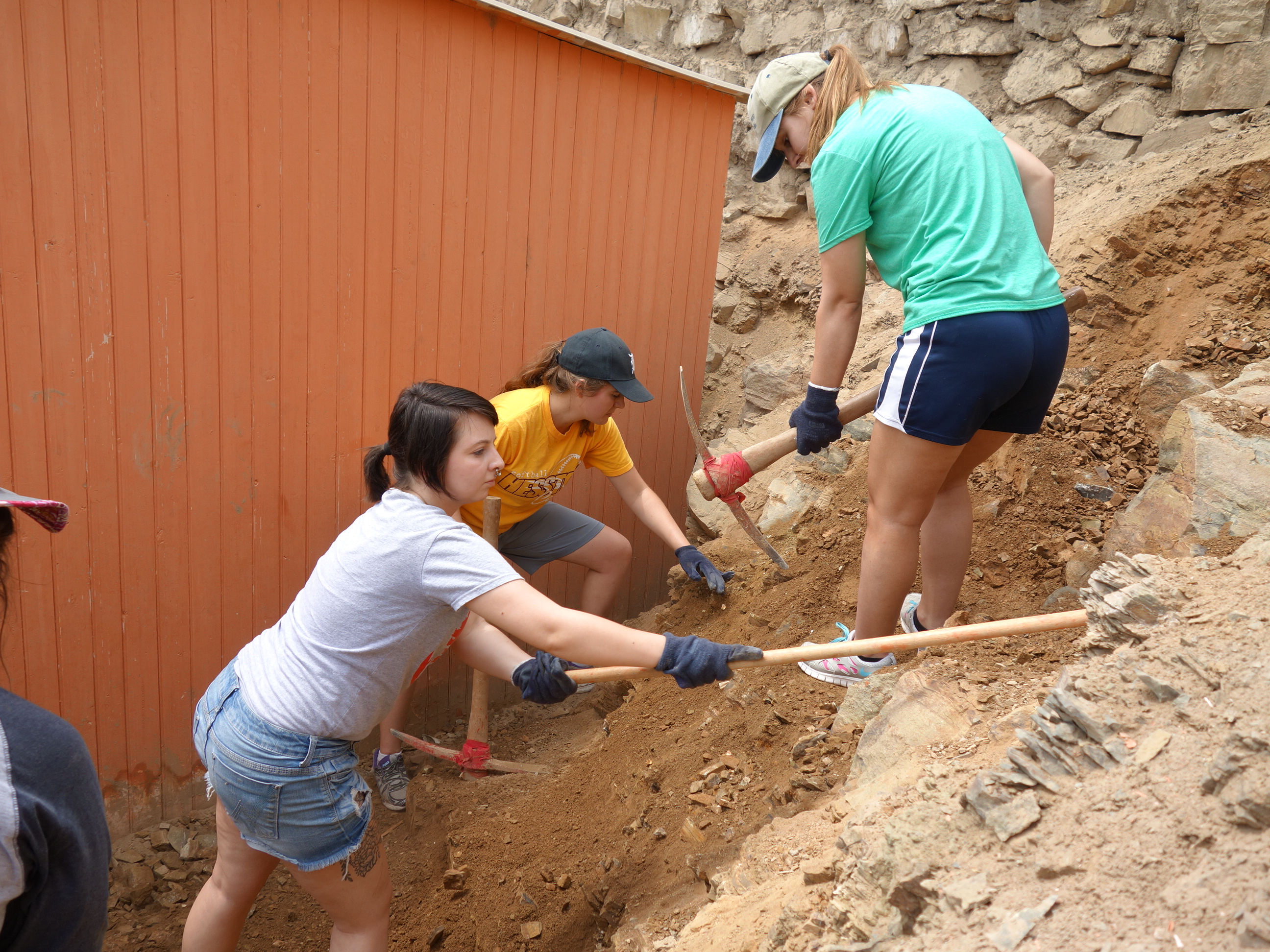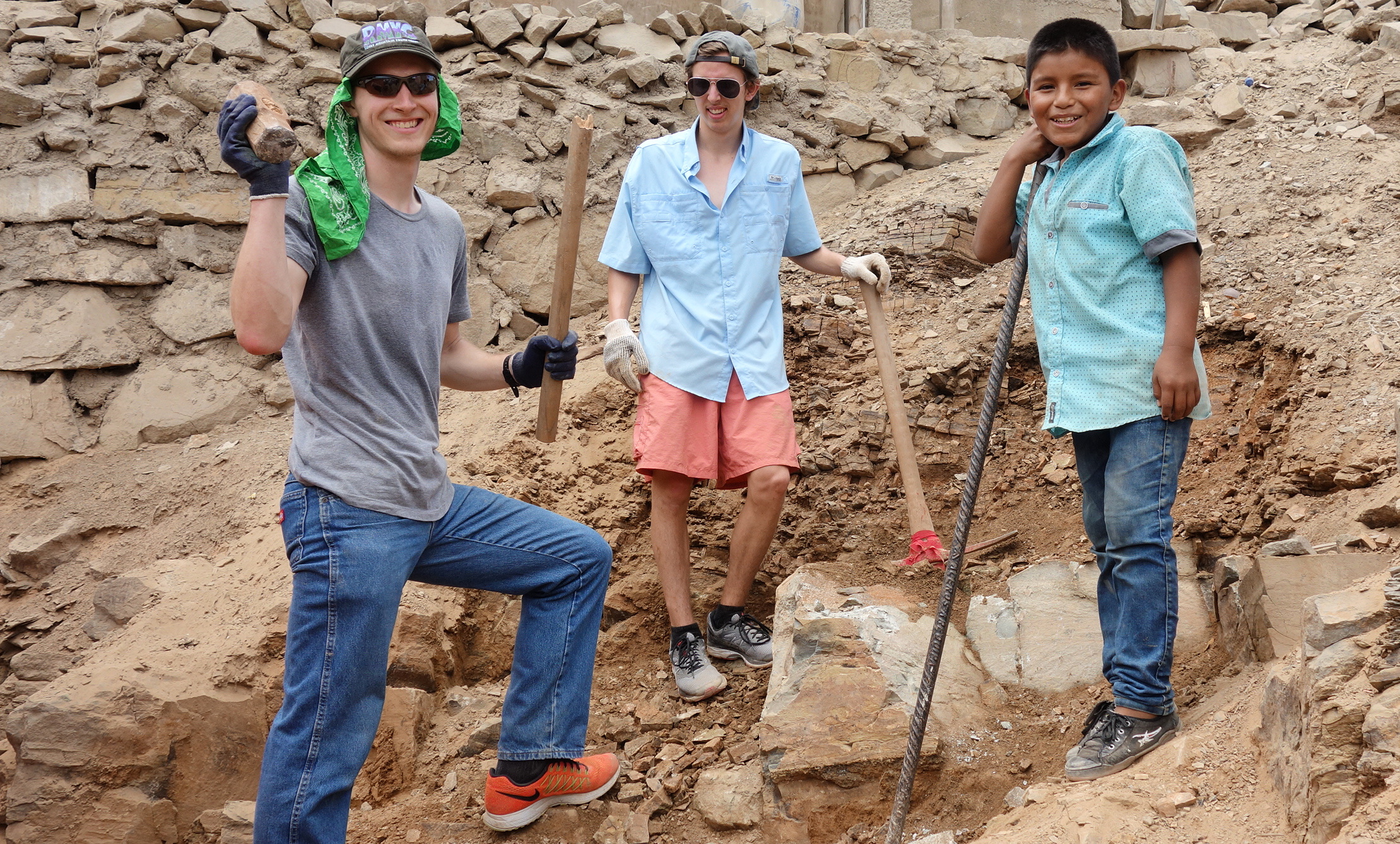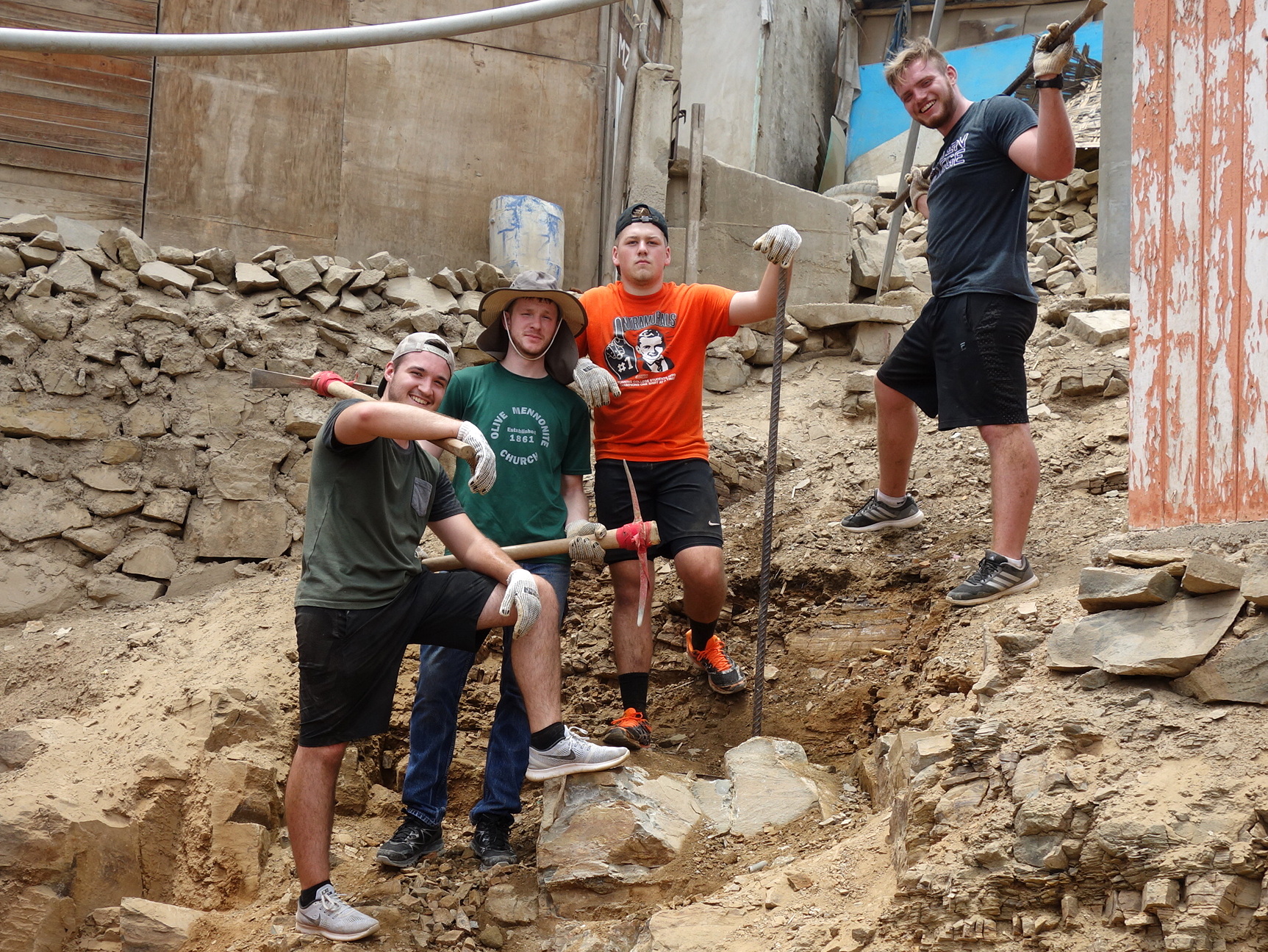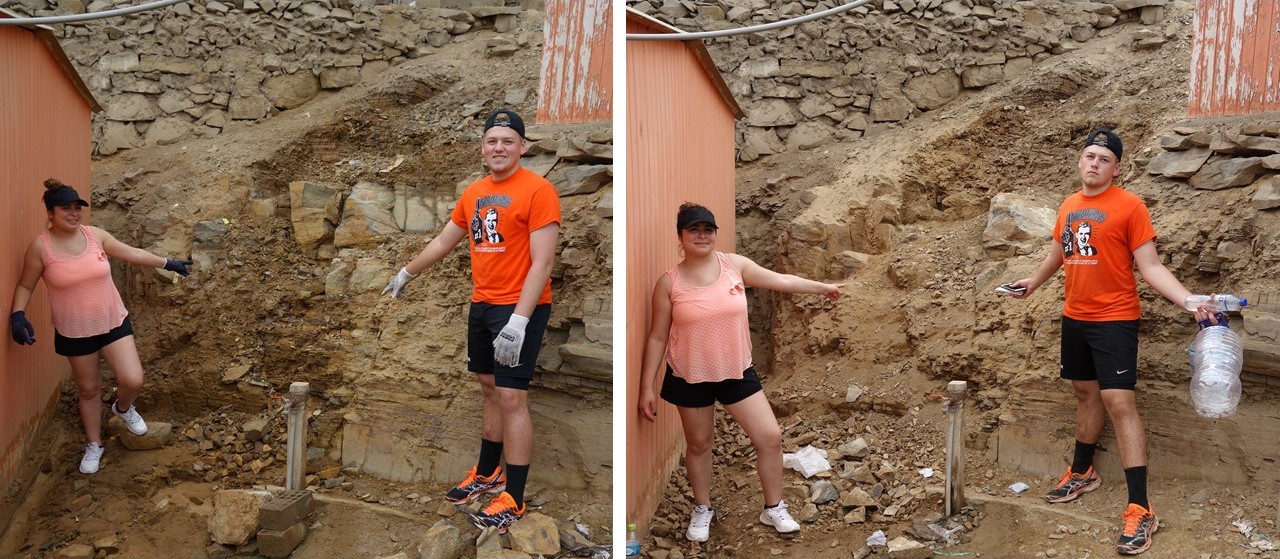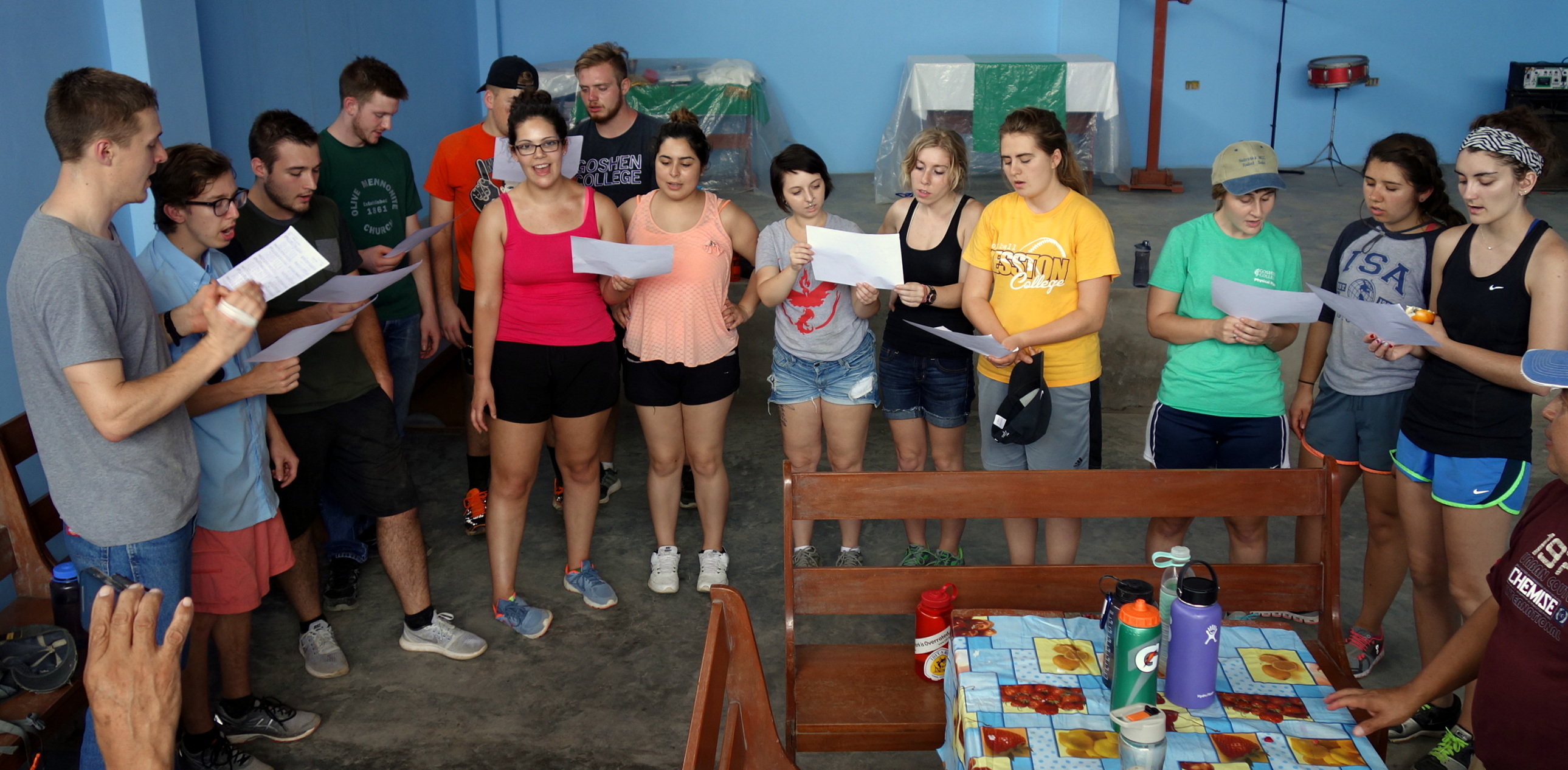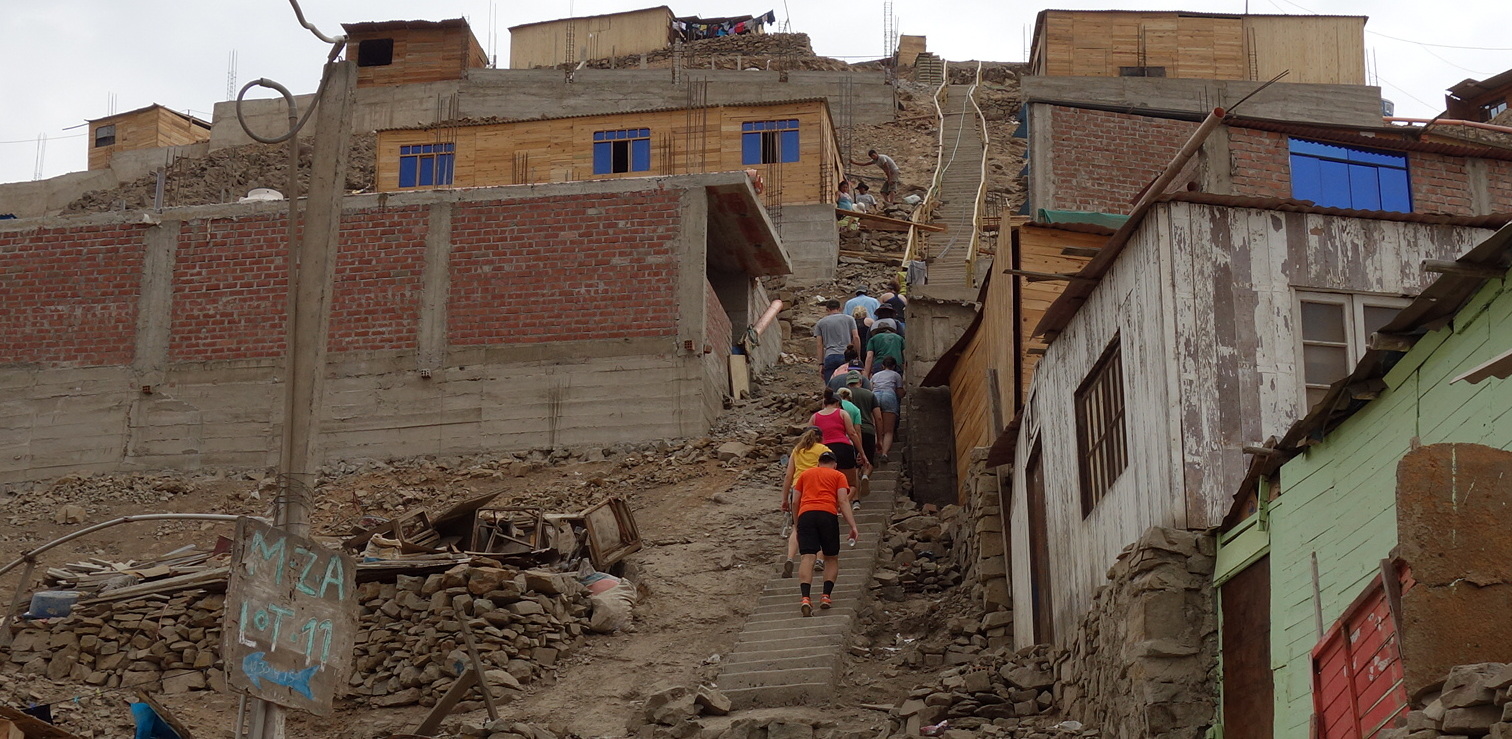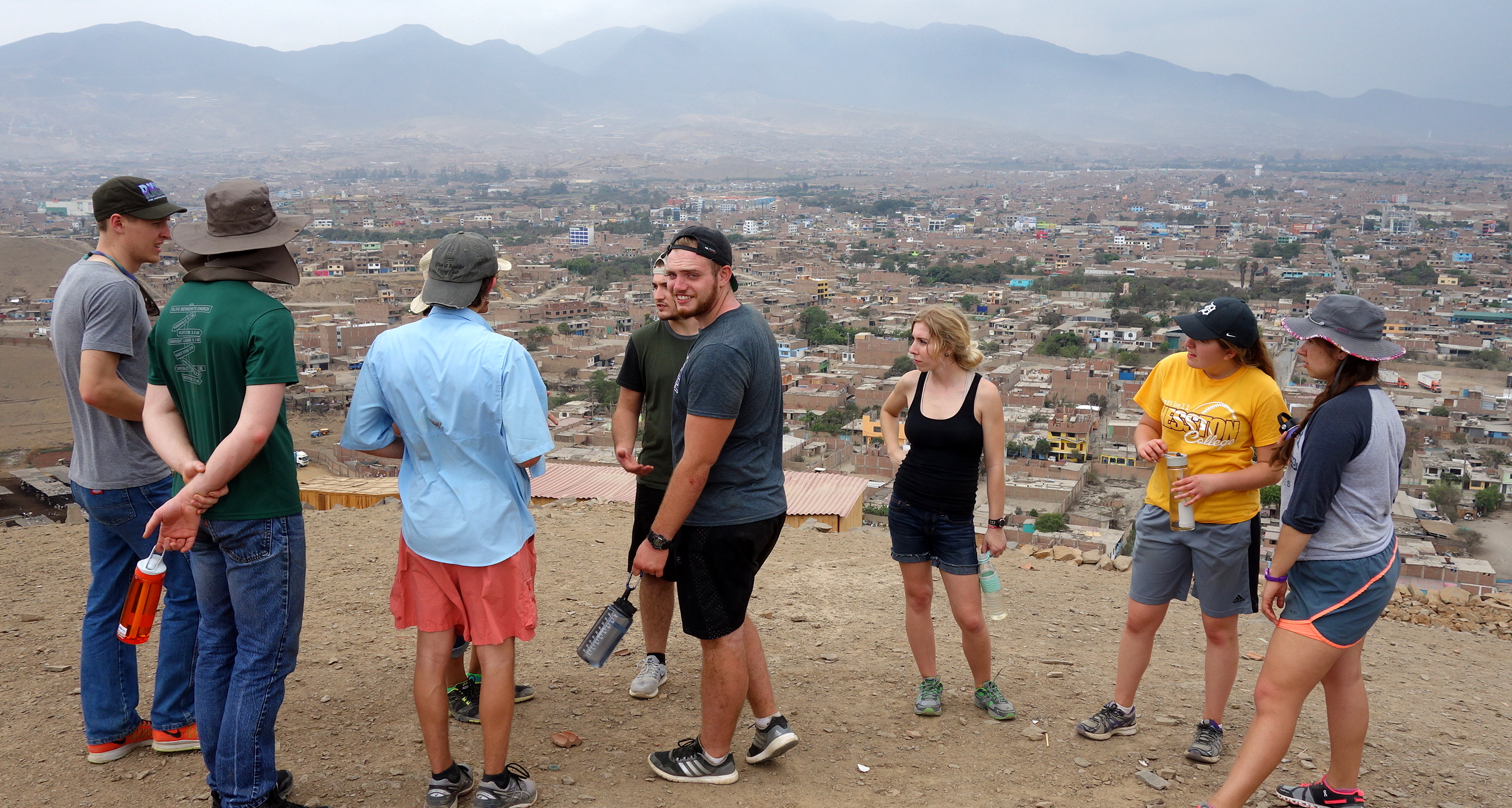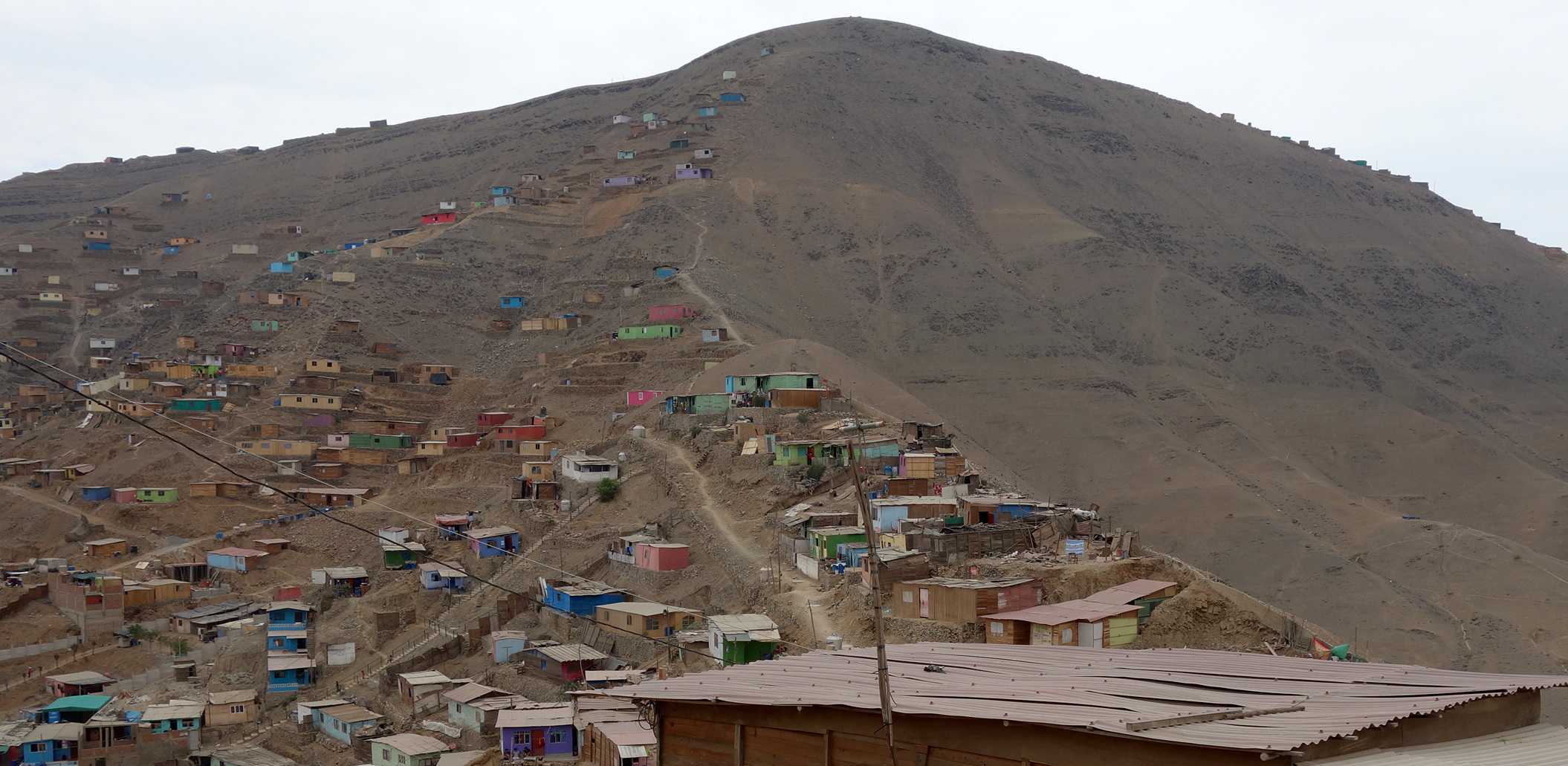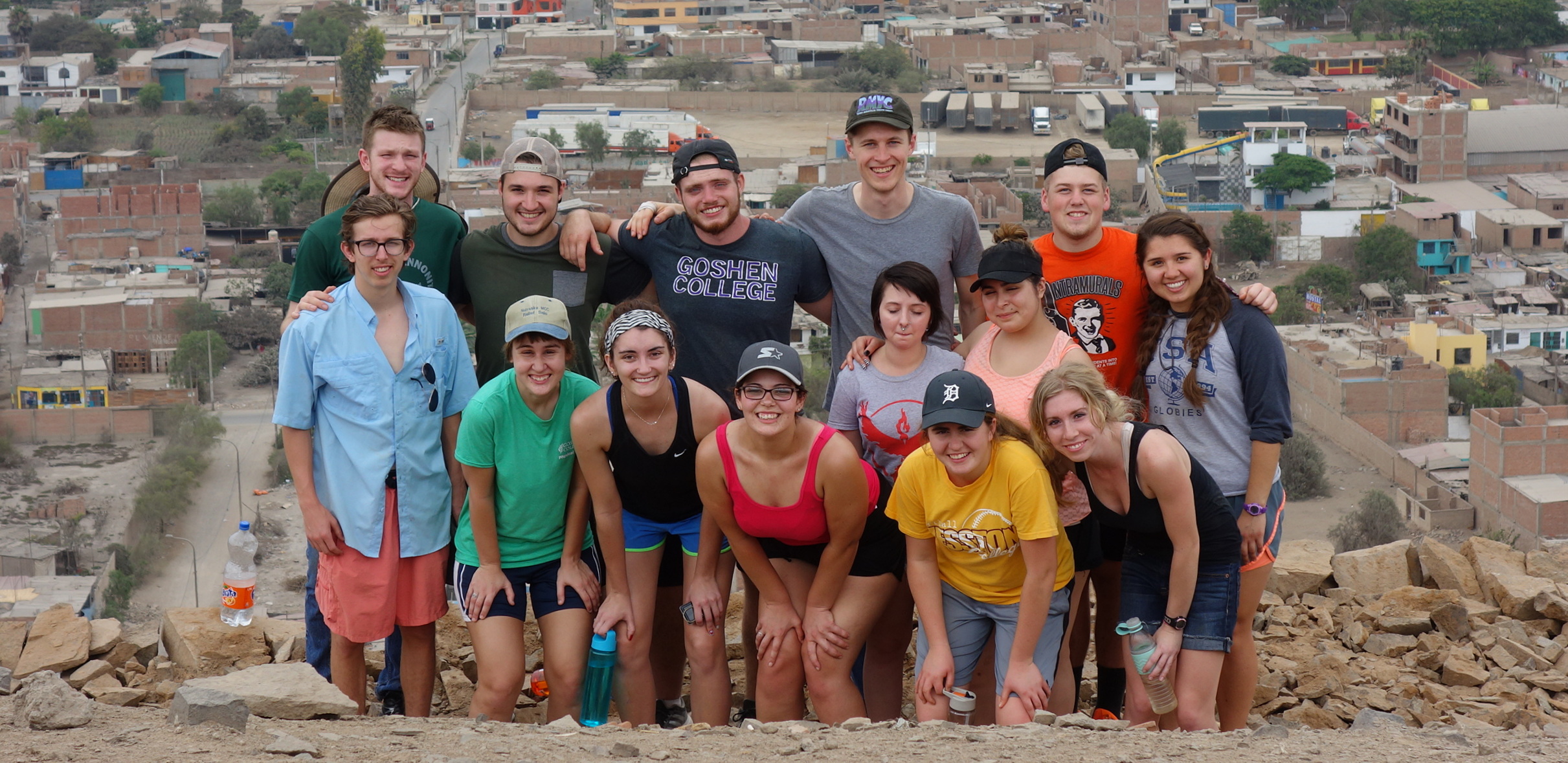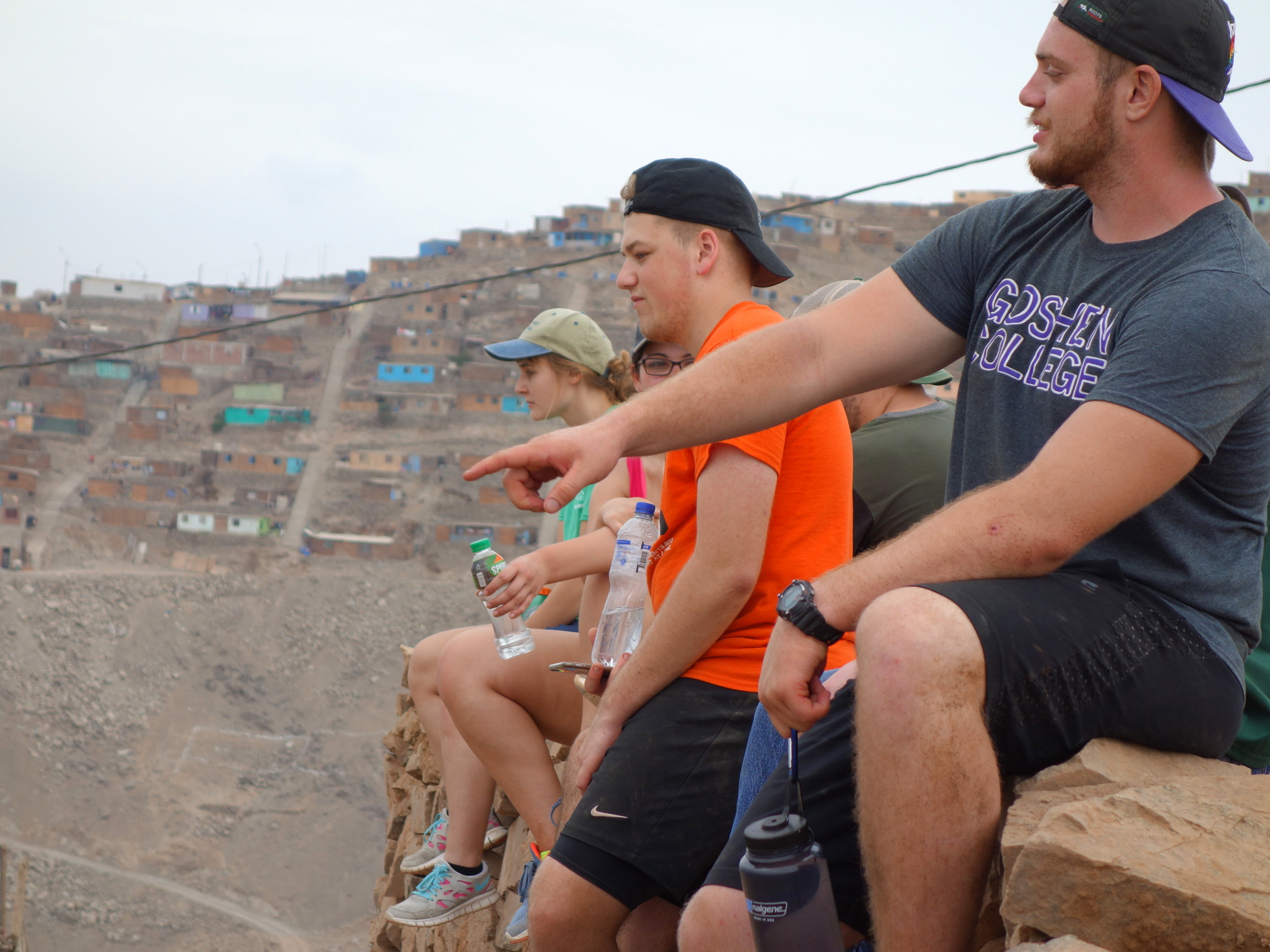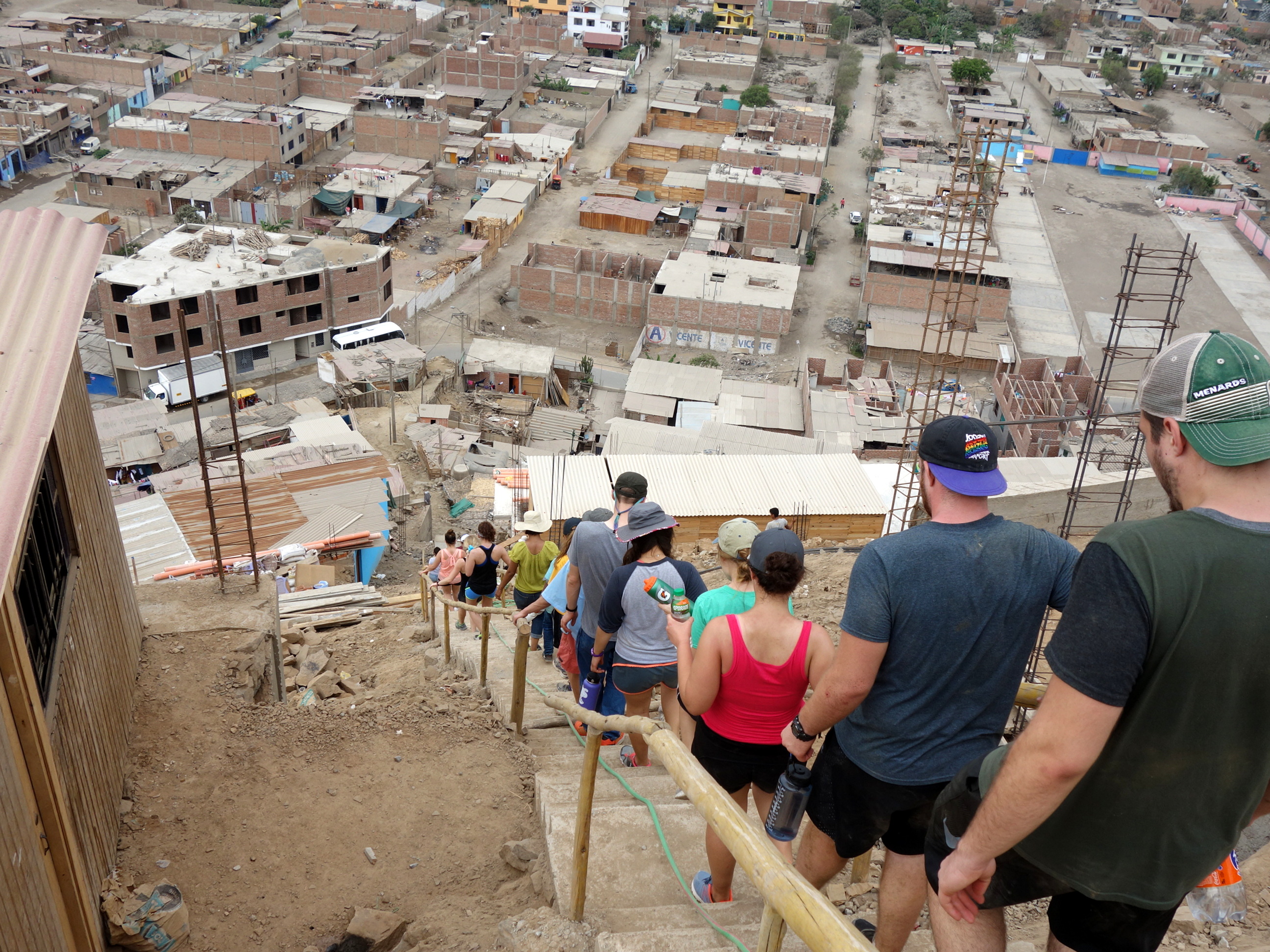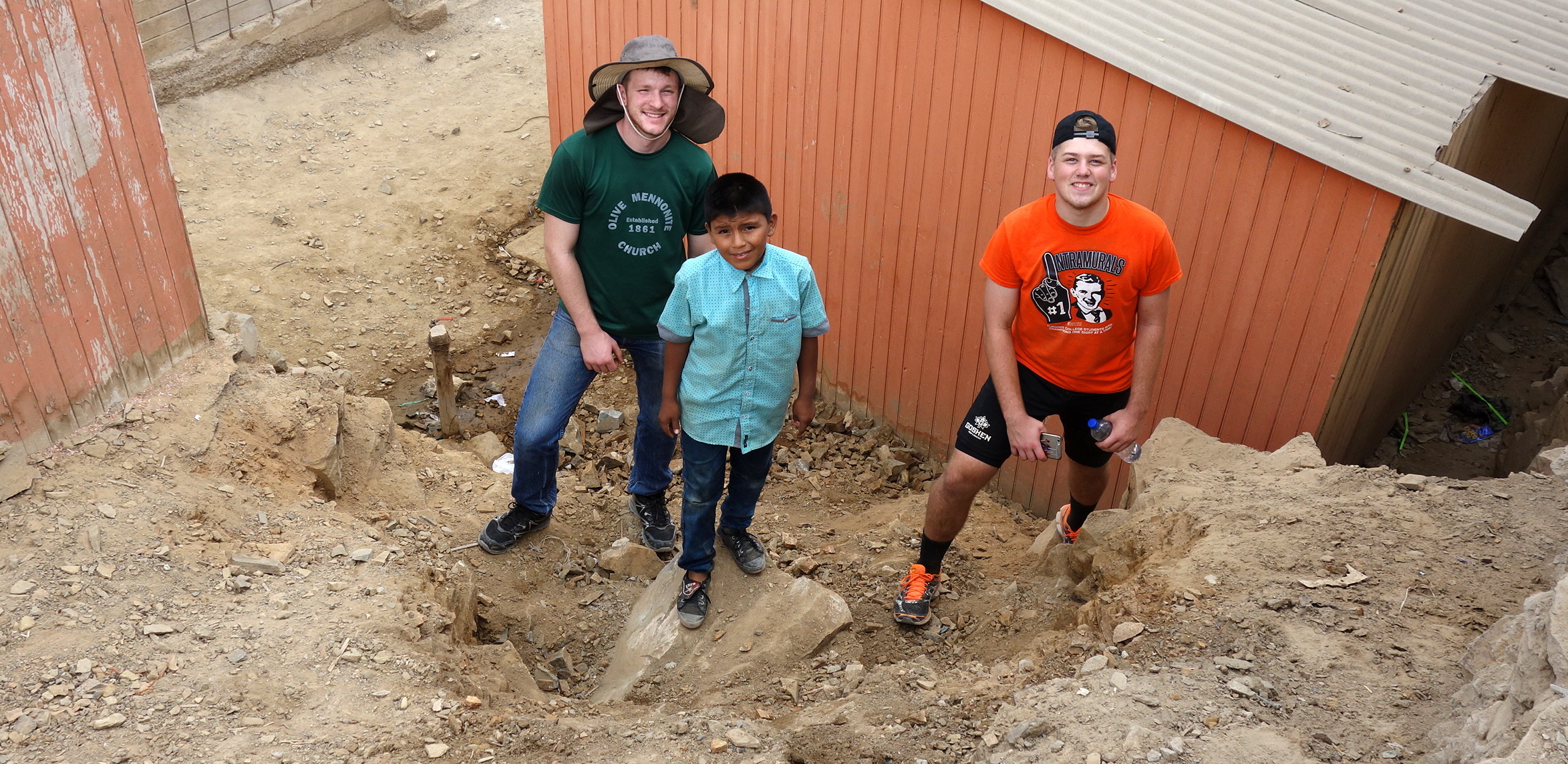Moving a mountain (or at least making a dimple in it)
Friday, January 20
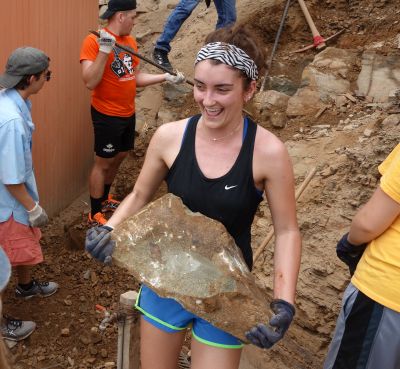
Today we drove 25 miles north to Puente Piedra, an area more typical of where most people live in this sprawling capital city of 10 million. The outer regions of Lima, known as the conos, didn’t exist 50 years ago when the population of Lima was less than 2 million. Rural poverty and, in the 1980s and 90s, a brutal conflict that began in the Andes brought millions to the capital, causing rapid population growth that urban planning didn’t come close to managing. Vast areas were populated by illegal land seizures, and only years later did basic utilities like water and electricity arrive. Much of this growth occurred on the desert hills surrounding Lima, where shacks are built after carving into the steep inclines of rock and dirt.
Puente Piedra is older than many shantytowns, having been settled long enough ago that today it has water and electricity. We were welcomed by an Anglican priest, Padre Benjamin, who asked us to continue excavating into the side of the hill, where the Fall SST group had also worked, so that the parish church can eventually expand their auxiliary building. We discovered a small part of what it takes for families to build a home in the conos of Lima.
Although we worked for 2 hours, with plenty of arms for pick axes, shovels, and wheelbarrows, the “before and after” pictures show that we only removed a dimple of what needs to go yet. Father Benjamin gave good advice for more efficient ways to remove the largest rocks, and this group accomplished more than the fall SST group, but some students felt a little melancholy that we left dirt and rocks for the summer group.
After the manual labor the group was very hungry for our lunch in the chapel, prepared by Livia, the wife of Padre Benjamin. During lunch we heard some of the history of the settlements in Puente Piedra and the problems local families face. Livia told us differences between living in Lima and Cusco, where she grew up. We asked her for a Quechua song from her hometown, which she graciously sang and translated for us. We reciprocated by singing a hymn, “Be Thou My Vision,” which we have been practicing for an ecumenical church service we will attend next week.
